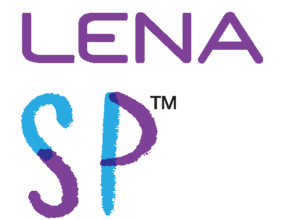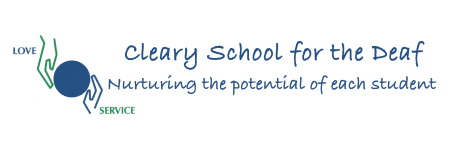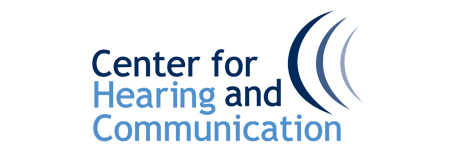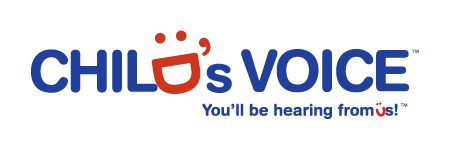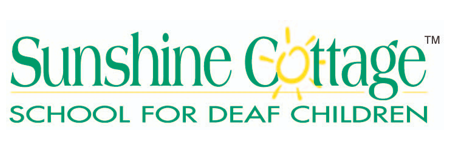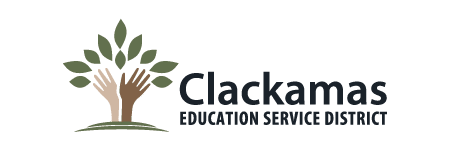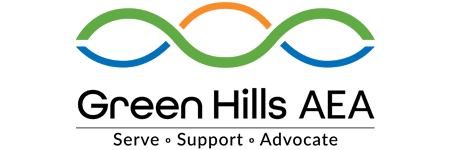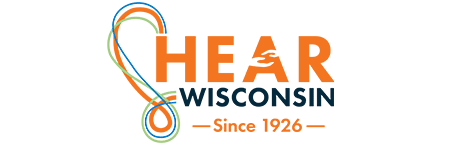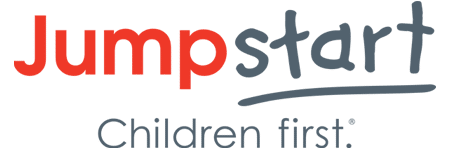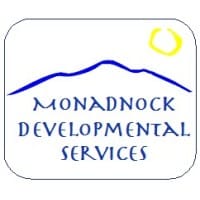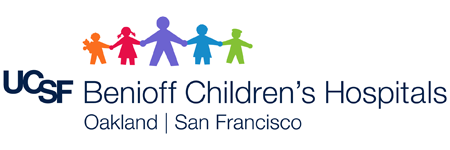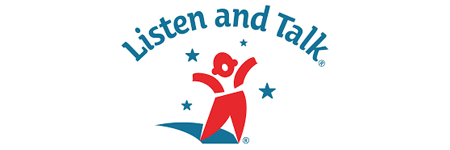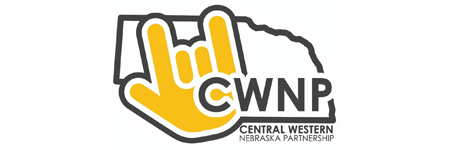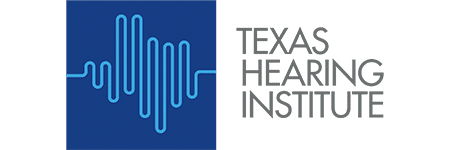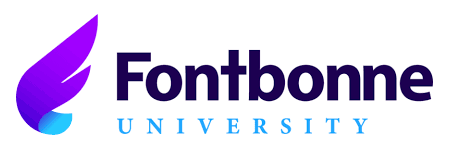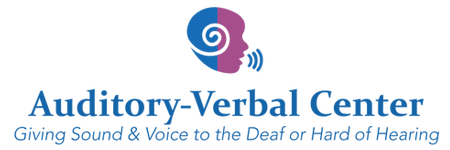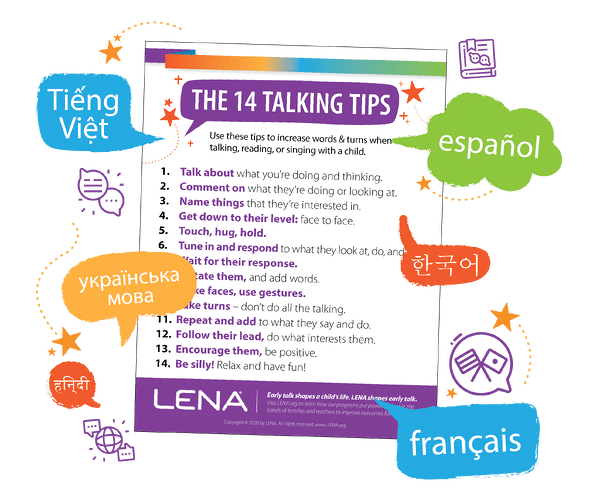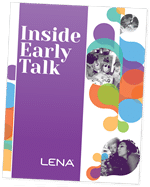LENA for Clinicians and
Listening, Speech, and Language Professionals
Widely validated technology. Unparalleled language insights. Real results for families.
LENA SP provides a richly detailed picture of a child's language environment, providing detailed, scientifically reliable speech-language measurements of children 2 months to 48 months old.
LENA technology is the industry standard for measuring talk with children. LENA uses a small wearable device — often referred to as a “talk pedometer” or a "FitBit for conversation" — combined with cloud-based software to deliver detailed feedback that helps adults make proven, sustainable increases in interactive talk with children.
How are clinicians and listening, speech, and language professionals using LENA SP?
It's more than a research tool. It's an innovative way to enhance early language interventions.
The measures of adult words and conversational turns are kind of abstract, and they’re hard to quantify unless you actually have something doing the math for you. Parents are pretty excited that there’s something that can give them this type of information — they thought it wasn’t possible to know.

Serving families in New Jersey, Sound Start Babies offers a variety of evaluations, assessments, and interventions for children with hearing loss. Their parent coaching program, The COMPASS Project, began using LENA's legacy version in 2011 and still uses LENA SP to provide personalized feedback on how children experience the home language environment.
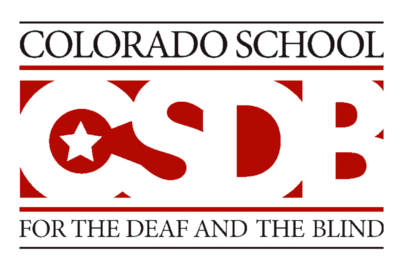
An outreach program of the Colorado School for the Deaf and Blind, the Colorado Home Intervention Program (CHIP) has used LENA SP since 2016 to support Individualized Family Service Plans for families with children who are deaf or hard of hearing. They began using LENA's legacy version in 2009 and continue to use LENA SP today.
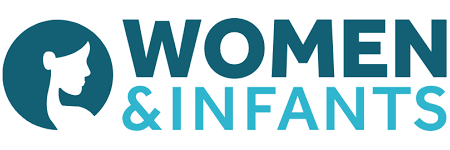
Led by Dr. Betty Vohr, researchers at the Women & Infants Hospital of Rhode Island have been shaping our understanding of preterm infants’ language environments in NICU settings for over a decade. They began using LENA's legacy version in 2010 and continue to use LENA SP today.
The cloud-based enhancements to LENA technology have dramatically simplified our logistics and improved our ability to provide rapid feedback to families and early intervention providers, as well as enhanced our assessment process in order to support better language outcomes for children.
A renewed urgency
With the COVID-19 pandemic, children may face greater risk of experiencing language delays.
The work of early language interventionists has never been more important.
According to data analysis LENA first reported in March of 2022, children born nine months into the COVID-19 pandemic produced significantly fewer vocalizations and experienced fewer serve-and-return interactions in the first months of life than those born before the pandemic.
In other words, COVID babies "talk" less. That means they produce fewer coos, grunts, babbles, and other precursors to speech, suggesting they may be at a greater risk of experiencing language delays.
“The bottom line is that infants are vocalizing less and experiencing fewer conversational turns, putting them at risk of missing out on the many positive outcomes linked to high levels of interactive talk early in life,” said Jill Gilkerson, PhD, LENA’s Chief Research and Evaluation Officer. “We wanted to get this data out there so that people can be aware and start taking corrective action."
The technology that made this data analysis possible is the very same technology that LENA SP provides. In the hands of clinicians, speech-language pathologists, and other professionals working with children who are deaf or hard of hearing or experiencing language delays, this technology changes lives.
The work of early language interventionists has never been more important.
According to data analysis LENA first reported in March of 2022, children born nine months into the COVID-19 pandemic produced significantly fewer vocalizations and experienced fewer serve-and-return interactions in the first months of life than those born before the pandemic.
In other words, COVID babies "talk" less. That means they produce fewer coos, grunts, babbles, and other precursors to speech, suggesting they may be at a greater risk of experiencing language delays.
“The bottom line is that infants are vocalizing less and experiencing fewer conversational turns, putting them at risk of missing out on the many positive outcomes linked to high levels of interactive talk early in life,” said Jill Gilkerson, PhD, LENA’s Chief Research and Evaluation Officer. “We wanted to get this data out there so that people can be aware and start taking corrective action."
The technology that made this data analysis possible is the very same technology that LENA SP provides. In the hands of clinicians, speech-language pathologists, and other professionals working with children who are deaf or hard of hearing or experiencing language delays, this technology changes lives.
Interested in learning more about bringing LENA SP to your organization?
Or send us an email.



